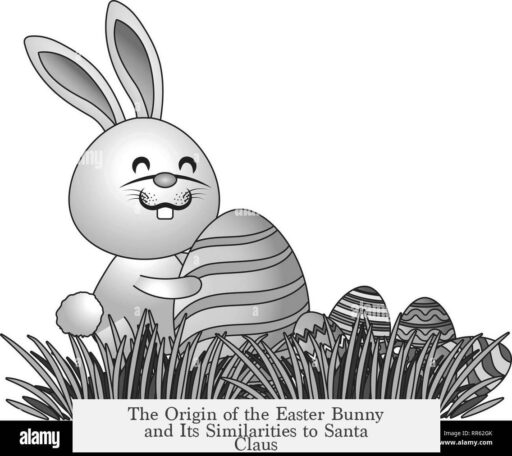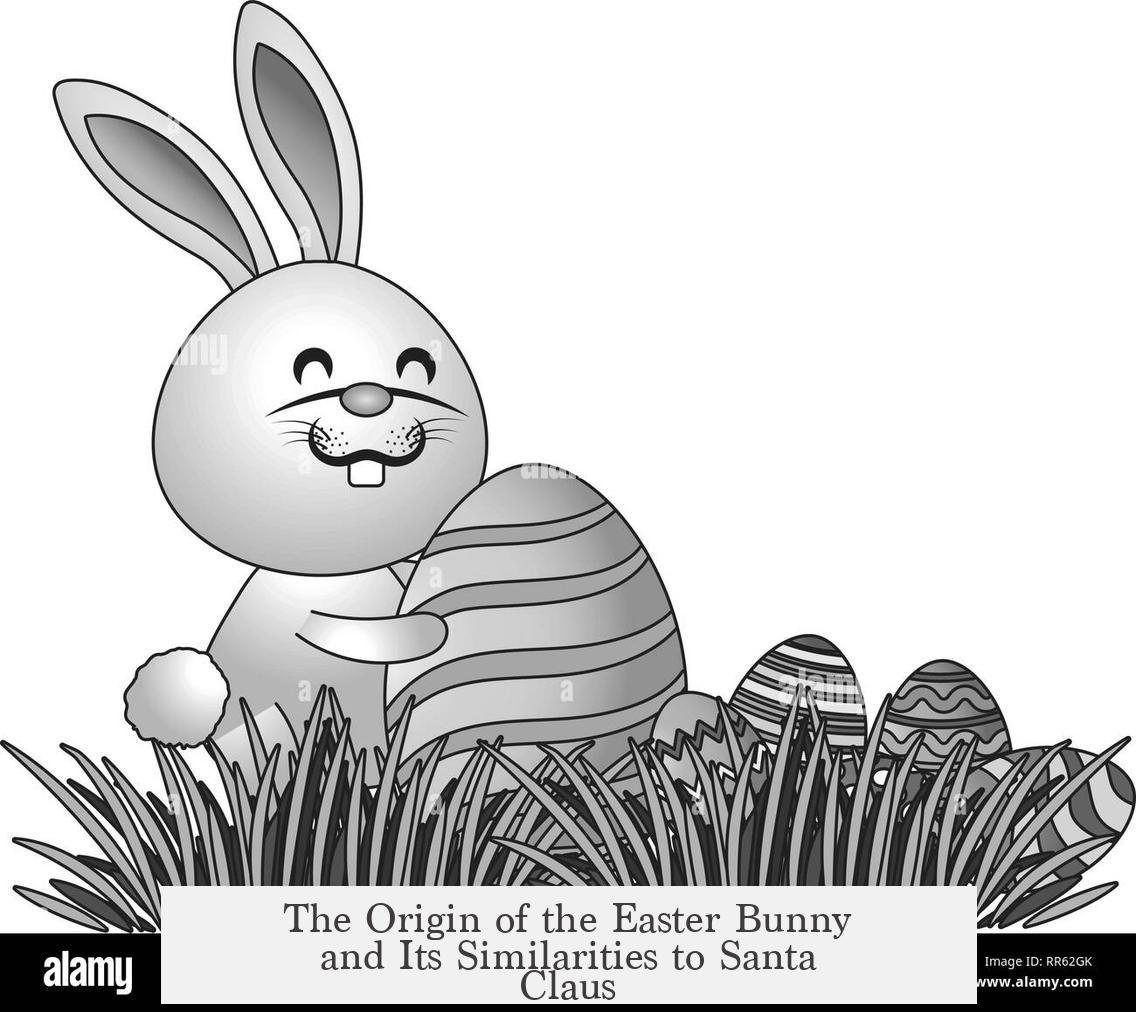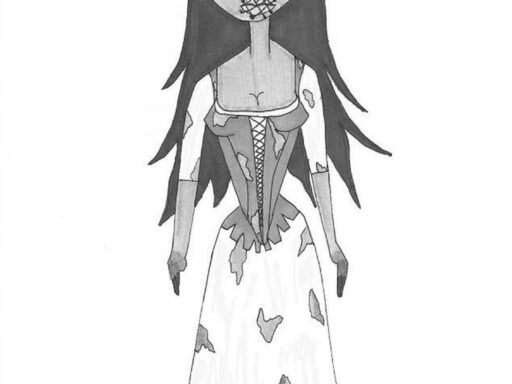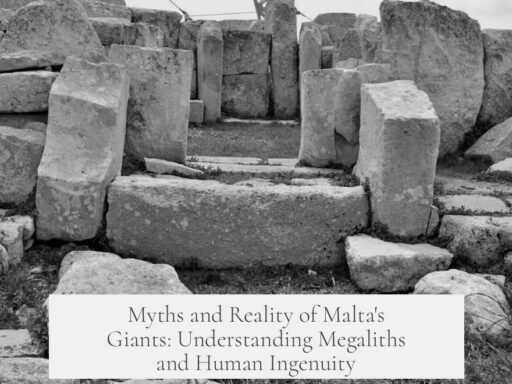The Easter Bunny originates from 17th-century German traditions, specifically first documented in 1682 in a pamphlet by G. Franck von Franckenau. This earliest attestation describes how children in regions like the Palatinate and Westphalia hunted for eggs hidden by an Easter Rabbit in gardens and trees.
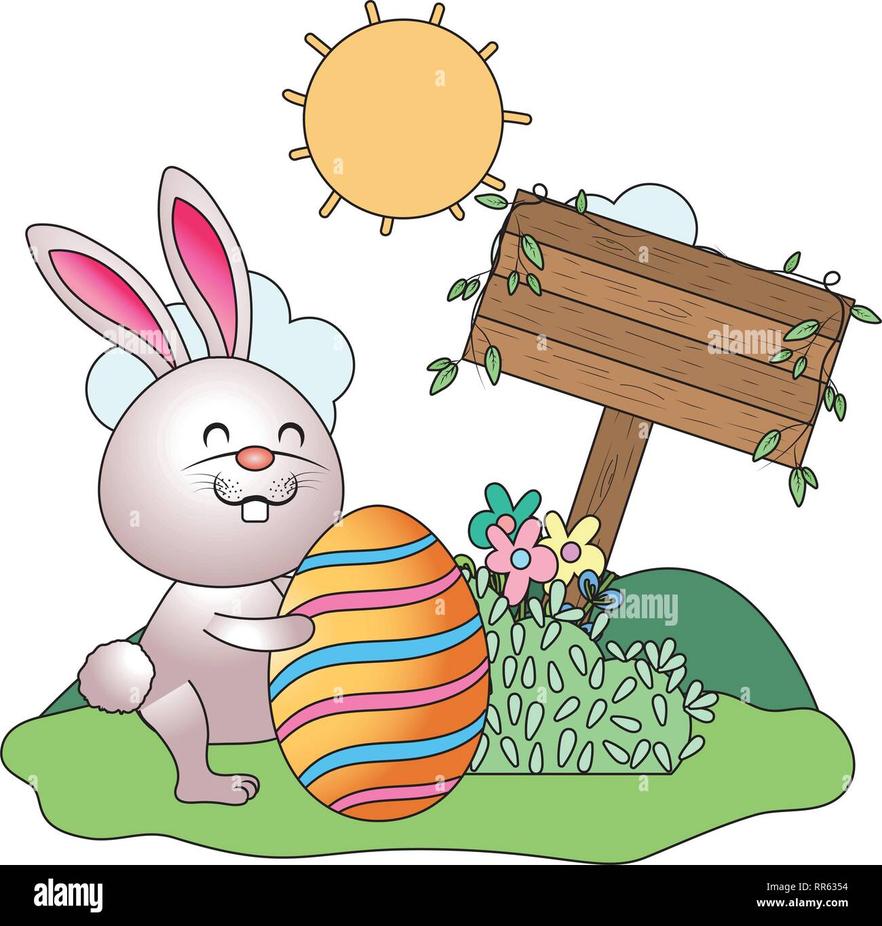
The 1682 pamphlet details a simple folk custom where adults pretended that a rabbit laid and concealed eggs for children to find. This playful interaction entertained families during Easter. Contrary claims of earlier references to the Easter Bunny, such as one in 1572, are due to misattributions. A supposed 1572 source paraphrased a later 1787 publication instead.
There is no evidence linking the Easter Bunny to the pre-Christian English goddess Eostre, despite popular myths. The connection between rabbits and Easter originates from German folklore rather than ancient pagan beliefs. Moreover, alternative “Easter critters” like the Easter Fox or Franconian Easter Stork appeared in parts of Germany up to the twentieth century, suggesting diverse regional variations before the Easter Bunny became dominant.
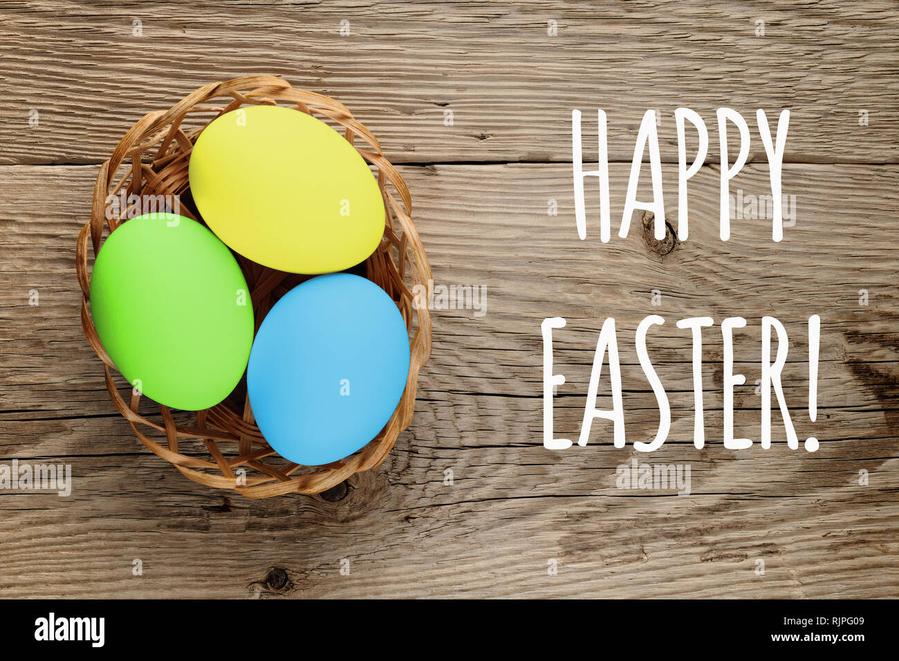
Regarding its similarity to Santa Claus, the provided facts do not give direct information or explanations. However, both figures serve as mythical gift-bringers associated with major Christian holidays—Christmas and Easter. Both involve elements of surprise delivery of gifts or treats to children, often in a jovial, family-centered context. This may explain why society relates the Easter Bunny to Santa Claus as equivalent holiday mascots.
| Aspect | Easter Bunny | Santa Claus |
|---|---|---|
| Origin | 17th century German folklore (1682 pamphlet) | Based on St. Nicholas, evolved in 19th-century Western culture |
| Role | Hides eggs and gifts for children on Easter | Delivers presents to children on Christmas Eve |
| Symbolism | Fertility and spring (rabbit motif) | Generosity and goodwill (saintly figure) |
- The Easter Bunny first appeared in 1682 in Germany as a character who hides eggs for children.
- Earlier claims about the bunny’s existence before 1682 lack reliable evidence.
- The Easter Bunny is unrelated to the pre-Christian goddess Eostre.
- Other German Easter animals were present before the rabbit became widespread.
- Both the Easter Bunny and Santa Claus are gift-bringing figures linked to Christian holidays.
What Is the Origin of the Easter Bunny? Why Is It Similar to Santa Claus?

The Easter Bunny, surprisingly, is not just a cute rabbit hopping around with colorful eggs for children. Its origin dates back to 1682 in Germany, and its role shares fascinating similarities with Santa Claus. If you’ve ever wondered why we associate rabbits with Easter eggs or why the Easter Bunny and Santa Claus feel like holiday twins, buckle up—this story is hoppin’ with surprises.
The Easter Bunny’s earliest documented appearance is not lost in some ancient myth or pagan folklore but appears quite specifically in a pamphlet published in Heidelberg, Germany, back in 1682.
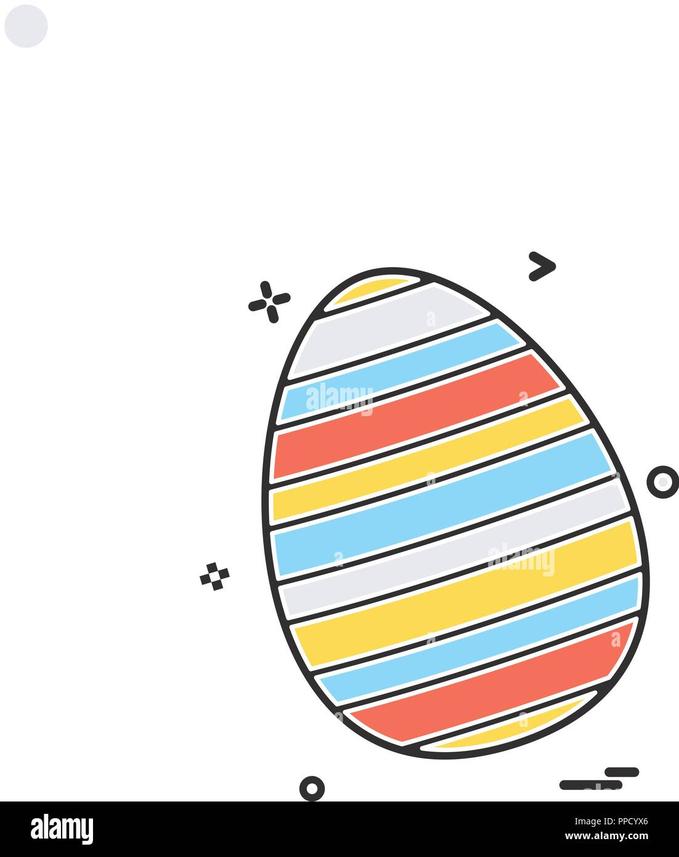
A Hopping Start: 1682 and the Easter Rabbit
In 1682, a man named G. Franck von Franckenau penned a quirky pamphlet titled Satyrae medicae continuatio XVIII disputatione ordinaria disquirens de ovis paschalibus, which is a mouthful, but simply means he was investigating Easter eggs in a sort of “medical satire” fashion. In this odd but fascinating document, he describes something curious:

“In Upper Germany… as also in Westphalia, these eggs are called ‘the Rabbit Eggs,’ because simple people and children believe that a Rabbit—the ‘Easter Rabbit’—hides the eggs in gardens, grasses, and fruit trees for children to hunt.”
Kids going on egg hunts are clearly not a modern invention! This passage remains the earliest verified written source for the Easter Bunny’s existence. So, it turns out, the bunny isn’t just a 20th-century marketing marvel. It’s a centuries-old tradition rooted in German folk customs.
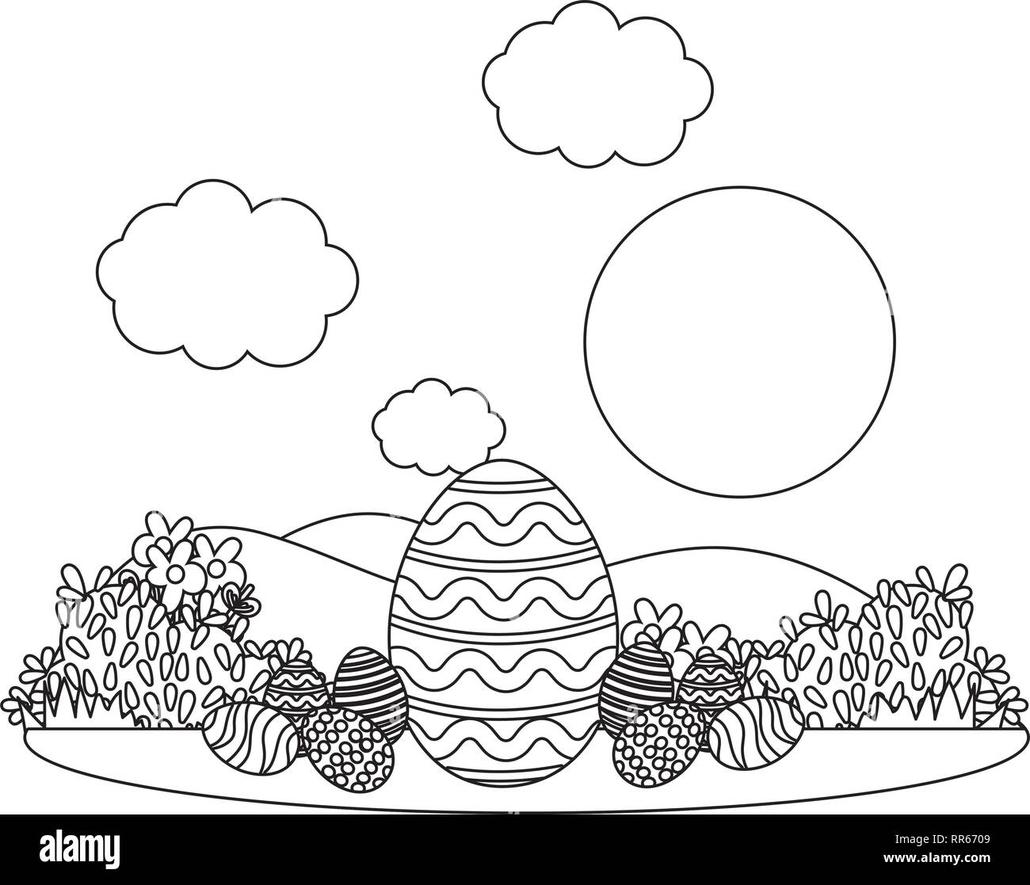
The Myth Busted: No 16th Century Easter Bunny
If you ever hear someone claim the Easter Bunny was documented as far back as 1572, hold your carrots. This earlier date stems from a 1933 article that mistakenly linked the bunny to a 1572 source. In reality, that alleged 1572 mention doesn’t even exist there. Instead, a phrase was actually sourced from a German version of Rabelais’s Gargantua und Pantagruel, published in 1787—more than a century later than 1572.
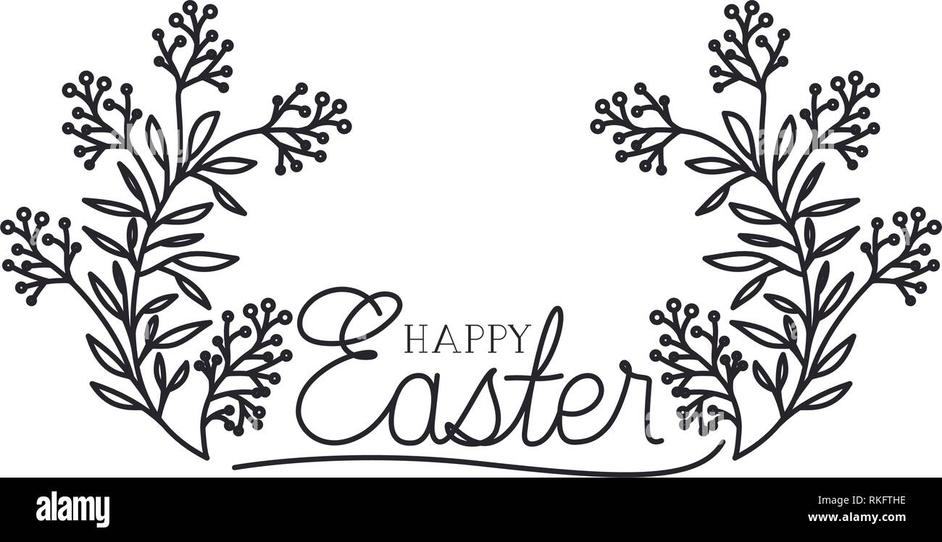
This mix-up shows how easy it is to confuse facts with folklore, especially with something as beloved as holiday traditions.
Why Not the Goddess Eostre?
You might have heard the tale that the Easter Bunny is linked to Eostre, the pre-Christian English goddess of spring. This charming story, however, has no evidence backing it. The earliest mention of the goddess Eostre comes from the Venerable Bede in the 700s, but nowhere does he connect her to rabbits or eggs. So, the popular idea of the bunny hopping out of pagan myth is more modern imagination than fact.
Other Easter Animals? The Easter Fox and the Stork
Germany’s Easter traditions are delightfully diverse. Aside from the Easter Bunny, other critters have hopped into the holiday scene over time. Reports mention an Easter Fox and a Franconian Easter Stork, both shown as egg carriers and egg hiders in various German regions.
These occasional alternative “Easter critters” hint at one conclusion: The Easter Bunny likely evolved from a broader Germanic custom involving a springtime animal delivering eggs, not strictly a rabbit from the start. So, the bunny isn’t the only star in this seasonal show, but it stole the spotlight.
Why Is the Easter Bunny Similar to Santa Claus?
Now, here’s where it gets interesting. How is the Easter Bunny similar to Santa Claus? At first glance, a jolly man in a red suit and a fluffy-tailed rabbit delivering treats seem worlds apart. But their roles share surprising overlap:
- Both Deliver Gifts: Santa brings toys, the Easter Bunny brings eggs and candy. They both reward children for good behavior with presents during festive seasons.
- Secretive Delivery: Both figures operate under a cloak of mystery, delivering gifts while children sleep or are distracted, leading to excitement and surprise.
- Associated with Specific Seasons: Santa is King of Christmas; the Easter Bunny rules spring’s renewal with eggs symbolizing new life.
- Rooted in Folklore and Tradition: Each evolved over time from regional customs to international cultural icons.
Like Santa, the Easter Bunny taps into the magic of childhood anticipation. Both figures encourage joy, playfulness, and family rituals that make holiday seasons memorable. While Santa rides a sleigh, the Easter Bunny hops through gardens hiding eggs—both are magical gift-bringers in disguise.
What Makes the Easter Bunny’s Origin Unique?
Unlike Santa, whose origins trace back to a real historical figure (Saint Nicholas), the Easter Bunny doesn’t come from a single legendary person. Instead, it emerges from a charming folk tradition in Germany, linked to egg-laying animals symbolizing fertility and new life. This naturally fits with Easter’s themes of resurrection and springtime.
Over centuries, these customs mixed with Christian Easter celebrations to create the playful tradition we enjoy today—a charming rabbit hopping into the heart of spring with a basket full of colorful eggs.
Wrapping It Up: Why Should We Care?
Understanding the origin of the Easter Bunny highlights how cultures shape traditions. These customs aren’t random; they’re products of history, geography, and social values. The Easter Bunny teaches us that even the quirkiest traditions have real stories—rooted in communities and creativity.
Next time you join an Easter egg hunt, you’re participating in a ritual nearly 350 years old. The bunny isn’t just a cute mascot. It’s a symbol of joy, renewal, and the human love for mystery and celebration—just like Santa Claus.
So, which do you prefer? The jolly old elf sliding down chimneys or a mysterious rabbit scurrying through springtime meadows? Both remind us why holidays need a little magic.
